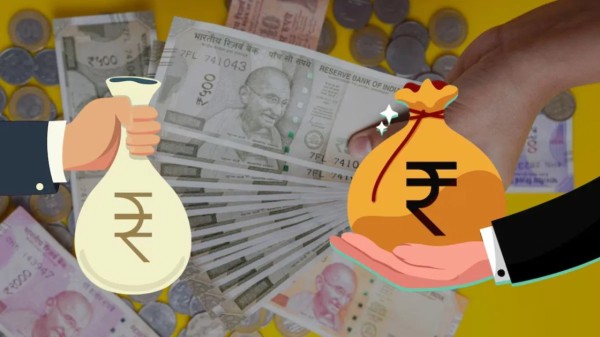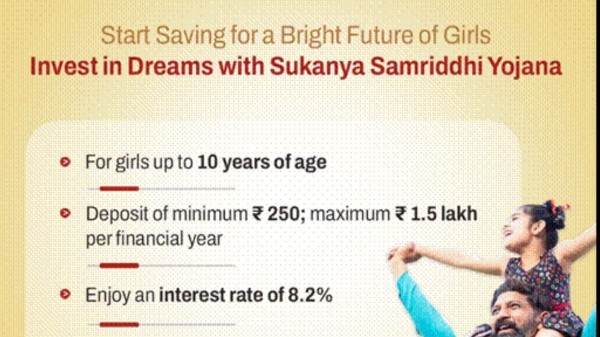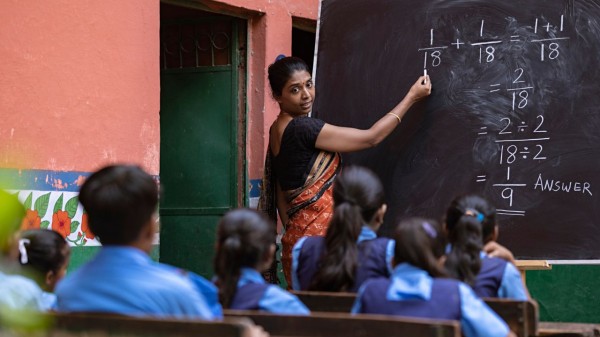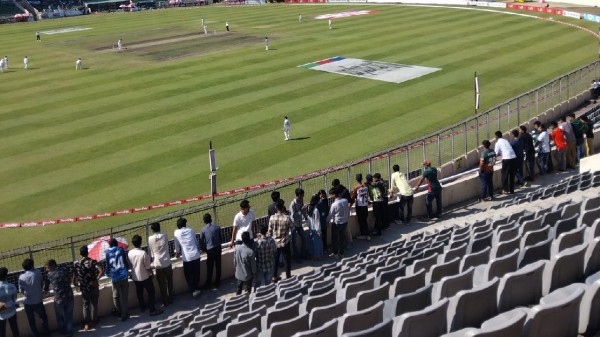

By signing in or creating an account, you agree with Associated Broadcasting Company's Terms & Conditions and Privacy Policy.


By signing in or creating an account, you agree with Associated Broadcasting Company's Terms & Conditions and Privacy Policy.
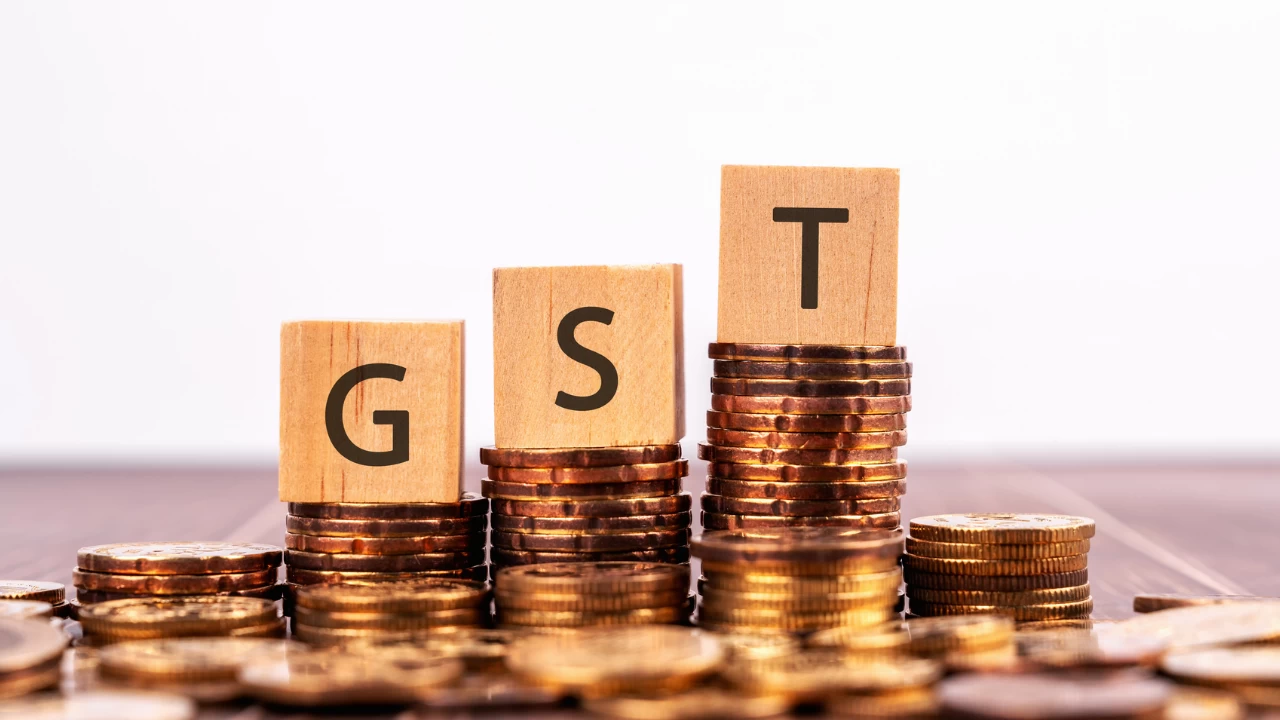
Kolkata: The next generation of GST reforms that Prime Minister Narendra Modi promised as a Diwali gift to the people of India might come as a much simplified two-slab rate structure and special rates for a few items. FinMin officials said on August 15 that the ministry has proposed this structure to the Group of Ministers. While speaking on the occasion of Independence day, the Prime Minister said that significantly reduced GST rates, leading to the lowering of prices of many commonly used items, could reach the people as a Diwali gift. he also said that the lower rates will also help small enterprises.
Reports said that the GST Council is likely to meet in September to discuss this proposal. Union finance minister Nirmala Sitharaman heads the GST Council. Structural reforms, rate rationalisation and ease of living are the three legs on which the new proposal stands.
The two slabs of GST could be categorised as 'standard' and 'merit'. The GST structure now has four slabs 5%, 12%, 18% and 28% -- the lowest slabs being applicable to the essential items and luxury items attracting the highest slab. Also a compensation cess is levied at varied rates on demerit and luxury items such as cars and pan masala. The compensation cess will be discontinued after the end of the current financial year.
"The GST Council in its next meeting will deliberate on the recommendations of GoM, and every effort will be made to facilitate early implementation so that the intended benefits are substantially realised within the current financial year," said finance ministry representatives while unveiling the proposal.
On the 'ease of living' dimension, the FinMin proposed seamless, technology-driven GST registration. This will be especially applicable for small businesses and startups. Fast automated return processing for exporters and those with inverted duty structure as well as pre-filled GST returns are also being deliberated.
The GST rates will help with "long-term clarity on rates and policy direction to build industry confidence and support better business planning".
The seven-member Group of Ministers on GST rate rationalization will suggest and correct inverted duty structure with an objective of making the rate structure simple, and review the GST exemption, which are expected to raise revenues.
GST collections jumped 9.4% in the last financial year and reached a record high of Rs 22.08 lakh crore and the average monthly collection in FY25 hit Rs 1.84 lakh crore. If compared against the FY21 figures, the GST revenue recorded a doubling of revenue. In FY21 the total GST revenue was Rs 11.37 lakh crore. GST was launched on July 1, 2017, ending a tangled web of central and state levies with a single, unified tax.

